You may feel like one Valentine’s Day a year is enough, but Japan’s confectionery industry thinks otherwise.
In addition to celebrating Valentine’s Day on February 14th, Japan’s 2nd Valentine’s Day, known as White Day in Japan, occurs exactly one month after on March 14th.
So, why have two Valentine’s Days and how are they different from one another?
What is White Day in Japan?
To put it simply, Valentine’s Day in Japan is when women give chocolates or sweets to men, and White Day is when men reciprocate by giving “white”-themed gifts to women. This could be white chocolate or confectionery, white jewelry (silver, white gold, platinum), white handbags or accessories, or lotions or perfume. But as you will see, it isn’t actually all that simple.
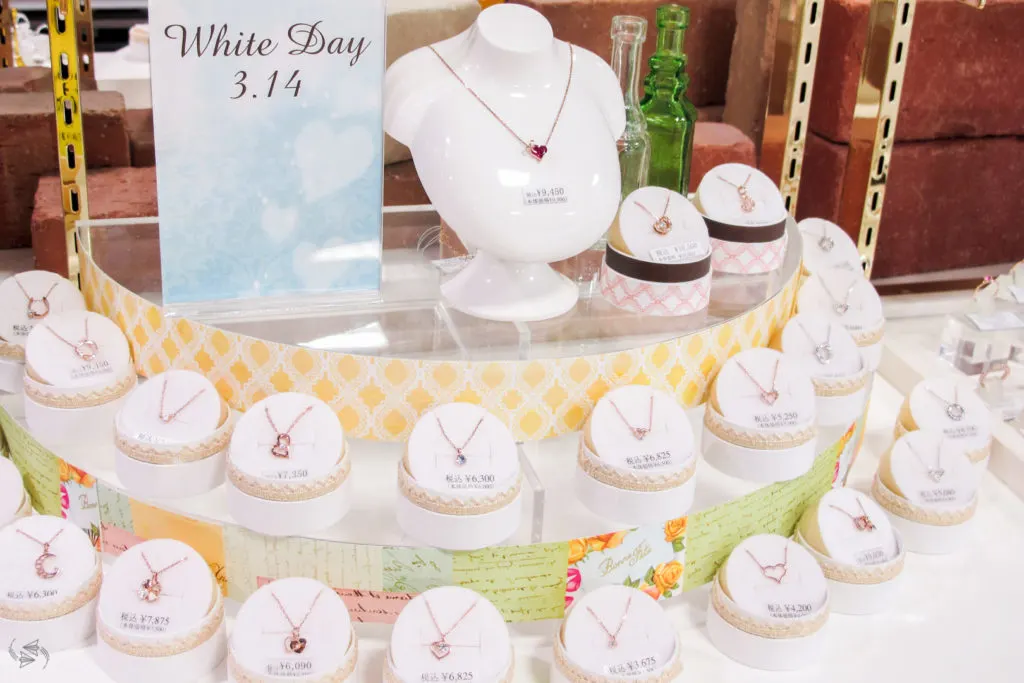
Unlike in Western culture, where Valentine’s Day is generally only celebrated by couples, in Japan, neither holiday is considered to be exclusively romantic. Valentine’s Day is a way for women to acknowledge the men in their lives including co-workers, classmates, relatives and friends, and White Day is for men to reciprocate and give their thanks back.
A man, single or not, may receive dozens of gifts on Valentine’s Day, especially if they work in a large company or if they are still in school and receive something from all their female classmates. These gifts are essentially always edible, such as chocolates, sweets or baked goods.
There is a distinction though made on the gifts based on relationship and here’s where it gets complicated. On Valentine’s Day, women will give ‘obligation chocolates’ to male co-workers, teachers, family members and friends, as well as ‘favorite chocolates’ to a male partner or love interest (if they have one). In addition, they will often also give ‘friend chocolates’, mostly to female friends to say thank you for their ongoing friendship.
How much is spent and the effort made depends on the type of gift being given (obligation, favorite or friend). The gifts one receives on Valentine’s Day and the type is highly important to how to go about the process of return gift giving on White Day.
Read more about Valentine’s Day in Japan and the various types of gift-giving here.
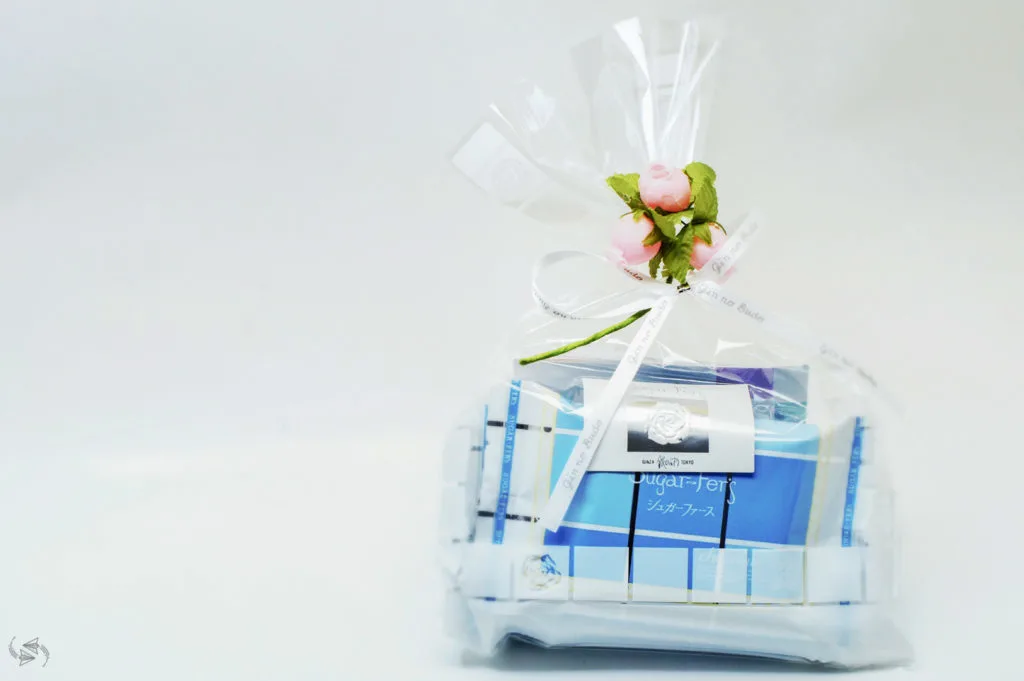
The History of White Day
The idea of White Day in Japan was first conceptualized in 1977 by Ishimura Manseido, a Fukuoka-based confectionery company looking to increase sales.
Zengo Ishimura, an executive of the company, was reading a women’s magazine looking for inspiration when one letter to the editor caught his attention.
The letter read, “It’s not really fair that men get chocolate from women on Valentine’s Day but they don’t return the favor. Why don’t they give us something? A handkerchief, candy, even marshmallows…”
By this time, Valentine’s Day had already started to permeate modern-day Japanese culture, yet it was clear that Valentine’s Day was more popular with women, and it was they who were mostly purchasing gifts for men.
That year, the company decided to market marshmallows to men as an “answer day” to Valentine’s. This played very nicely to the reciprocal nature of Japanese society and culture. Give an unexpected gift to a Japanese person and see just how quickly a gift is returned!
With the cooperation of local department store Iwataya, the first “White Day” was officially celebrated the following year in 1978, under the name ‘Marshmallow Day’. They even came up with a special marshmallow-themed treat for the occasion, a white mochi-like marshmallow with a chocolate center.
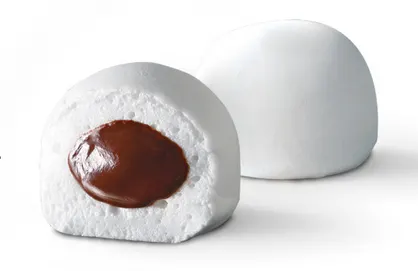
Image © Ishimura Manseido
While the concept of a second Valentine’s Day was culturally fitting, the marshmallow idea didn’t really take off. If women were going to wait a whole month for their gifts to be returned, a few marshmallows didn’t seem to cut it.
And so began the concept of sanbai gaeshi (三倍返し), literally “thrice the return,” used to describe the expectation that the return gift should be three times more expensive than the Valentine’s one.
Later the store suggested changing the name to ‘White Day’ as a way to broaden the appeal. The usage of the word ‘white’ in White Day is in reference to the holiday’s marshmallow origins, as well as pure young love and the color of sugar in general.
Naturally more businesses got onboard and by the 1980s a new tradition had been born. White Day is now popular throughout East Asia, also being celebrated in South Korea, Taiwan and China.
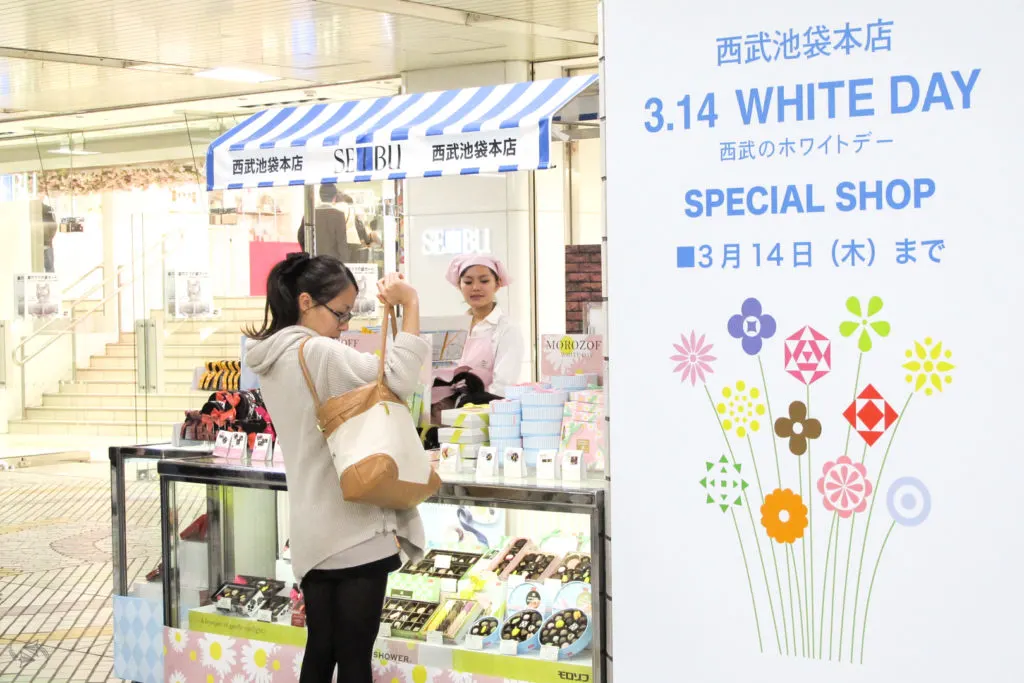
Do I need to give a return gift for all the Valentine’s I received?
Short answer: yes. At least if your priority is maintaining a smooth relationship with those who gave you the gifts.
However, you need not spend three times the amount for every gift, this really only applies to a significant other or love interest.
In fact, a big part of navigating Japanese gift giving culture is knowing an appropriate price point, as giving something less than what was expected can be insulting and giving something far beyond expectations can be uncomfortable too and will likely create an obligation for something else to be given in return. In a culture where “saving face” is important, it’s a most delicate balance.
White Day gifts – expectations and etiquette
If you are returning a giri choco or ‘obligation chocolate’ as is customary to give to co-workers, then giving an edible treat that is of equal or slightly higher value is appropriate. It is simply a courtesy gift after all.
If you are returning a honmei choco or ‘favorite chocolate’, then the expectations and stakes can be higher, as what you give back on White Day is said to be a sign of your affection and even to indicate whether you want to continue or to pursue a romantic relationship or not.
For someone you are already romantically involved with or if you want to make it known that you like someone or like them too, then there is the expectation that the return gift will be 2-3 times the price of the Valentine’s Day gift.
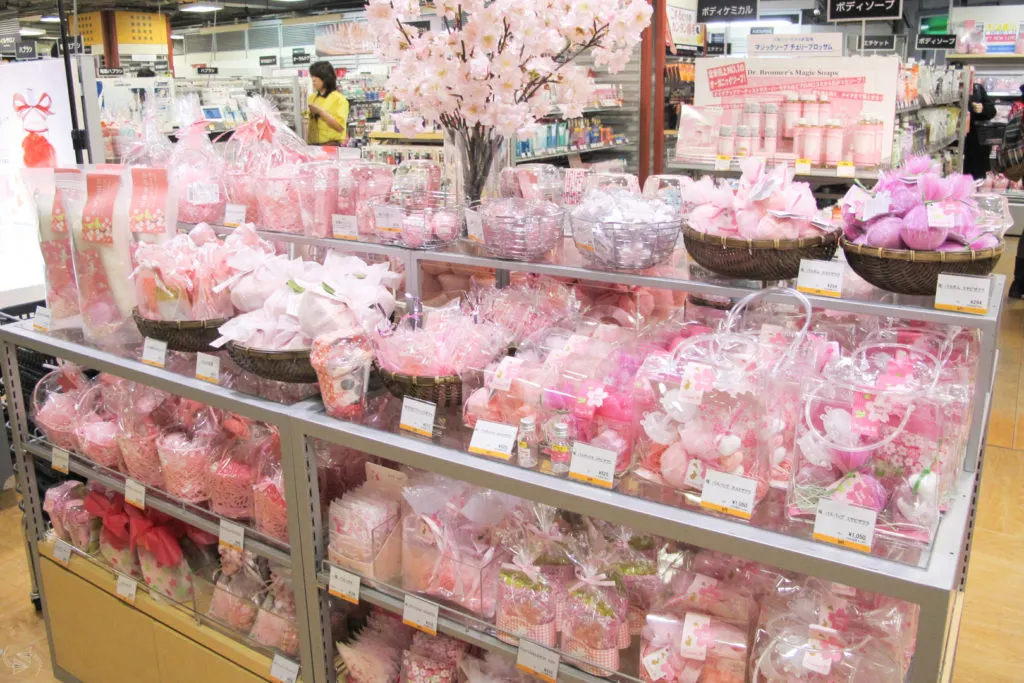
Because of the original connection to the color white, giving white-colored gifts such as white chocolate is still popular today. However, the market is now wide open to any type of chocolate or confectionery. Some people even say that white chocolate is so cliche now that giving it shows lack of effort or interest.
Other popular romantic White Day gifts include flowers, jewelry, perfume, lotions, bath products and handbags, and of course going out on dates. While there are still white-colored gifts and packaging marketed around White Day, more than the color nowadays, the expectation is that the gift will be classy.
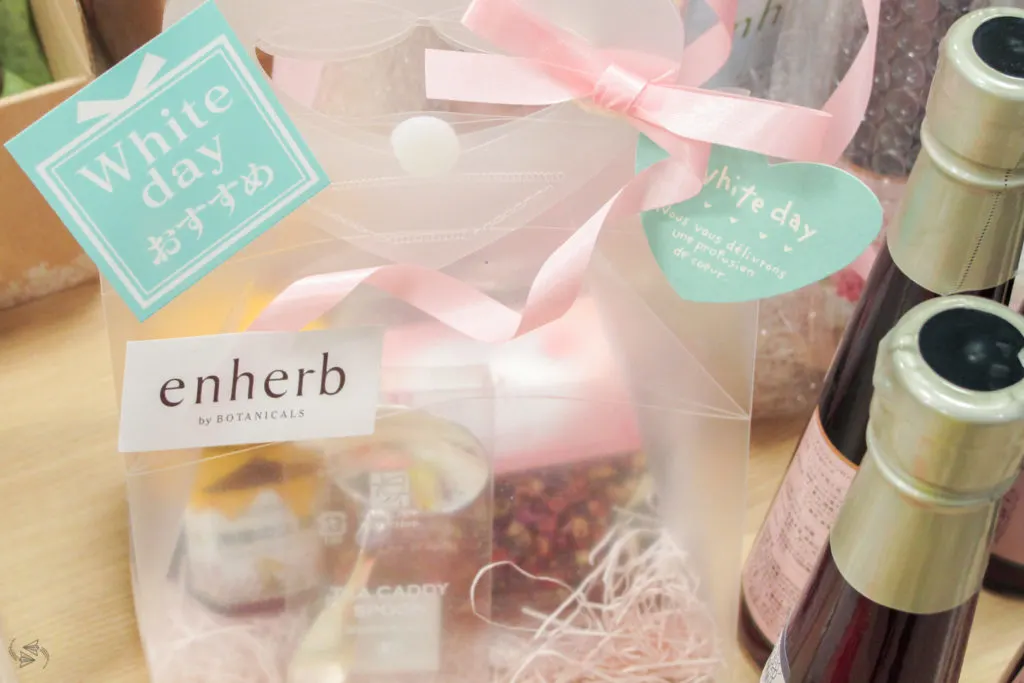
How to say ‘no thanks’ to romance with a White Day gift
If you are in a relationship and return a gift of equal value, it is said to be an indication that you are ending the relationship, and generally gives the sense that you are putting yourself in a position of power.
If someone confessed their love for you by way of a honmei choco (favorite chocolate) on Valentine’s Day and you do not wish to pursue the relationship, giving a return gift of equal value on White Day is the Japanese way of letting them down lightly.
I’ve certainly had more than a few teary and red-eyed students in English lessons on White Day or the days after, who after a month of anxious anticipation came to know that their love was unrequited.
Giving marshmallows funnily enough, the candy that started it all, is said to be an insult and indicates that you really don’t wish to pursue the relationship. Like at all.
Therefore be sure to match your gifts with your intention for the relationship and always try to be kind in the process. As a general rule of thumb, spending more expresses your love or desire, and giving something back of approximately the same value says that the relationship is platonic.
Of course, if budget does not allow a big spend on a romantic gift, you can make your affections known with effort and sentimental items, such as making a nice dinner or sweet treats, a handmade gift, a picture of the two of you in a frame, or writing a love letter or poem.
Help! I received a Valentine’s gift and I don’t know what it means!
Valentine’s Day is an opportunity for women in Japan to “confess” their interest in someone and get their answer by way of a return gift on White Day, without needing to necessarily be so direct about it. It’s a more culturally comfortable way of navigating whether the feelings are mutual and have the gifts speak for themselves. After a month, you’ll have your answer one way or the other.
However, the month between Valentine’s Day and White Day can be anxiety-inducing, both for those who have put their hearts on the line on Valentine’s Day and for those trying to interpret the gifts and what to do about them on White Day.
In most cases, hopefully the relationship between the giver and receiver is clear, which makes the intention behind the gift and what to give back easy to comprehend. But what if you receive a gift on Valentine’s Day from someone whose relationship to you isn’t so clearly defined? Perhaps a potential new love? Or maybe an unexpectedly nice gift from a friend who you hadn’t thought of as a romantic interest before?
Is their gift a ‘giri choco’ (obligation chocolate) or ‘honmei choco’ (favorite chocolate) or just given out of friendship? And so begins a month of contemplation, or perhaps potential awkwardness, as one tries to decipher the intention behind the gift, and how they are going to respond on White Day.
Things get further complicated by the fact that many women these days make all of their Valentine’s chocolates and sweets themselves to save money. The act of making something by hand was formerly a distinguishing feature of honmei choco – a sign that this person must be into you to put in the time and effort to make something from scratch. Now that line between different gift-giving categories can appear somewhat blurred.
In fact, Internet forums are hit up by men throughout Japan during this period to ask for help in determining the intention behind gifts received. Get it wrong and it could end up being an embarrassing social situation.
How do gay people celebrate Valentine’s Day and White Day in Japan?
You may be thinking that the whole idea of men and women’s gift-giving in Japan to be a very outdated one, and you’d be right. Unfortunately, the premise and marketing behind Valentine’s Day and White Day in Japan for the time being is still very much steeped in heterosexual, cisgender (and sexist!) thinking.
Since giri choco is only a social obligation, one’s sexual orientation has no bearing on this gift-giving process, should you choose or feel pressured to participate. As honmei choco is a personal gift with a romantic intention, couples or potential love interests, whatever their sexual orientation, can decide if, when or how they want to celebrate the holiday.
Gay female couples may decide to exchange gifts on Valentine’s Day or gay male couples may do the same on White Day. Or they may simply pick one day each and do away with the idea of one person giving a more expensive gift than the other (an idea which I think is outdated, period). There is also the option of just joining much of the rest of the world in celebrating Valentine’s Day only. Some gay people in Japan refer to the holidays as ‘Valentine’s Gay’ and ‘White Gay’.
The Future of White Day
As you can see, the system of a two-stage Valentine’s Day based on gender and the assumption of heterosexuality is increasingly problematic in an era where inclusivity should be the norm.
Not to mention it’s a lot of work. While there are people who still like this modern gift-giving tradition, just like Valentine’s Day, White Day in Japan is another commercial holiday that requires effort and expense. With so many people to potentially buy for, rather than a show of gratitude, it’s become more of a burden on both sides.
Some companies have asked women to stop giving giri choco (obligation chocolates) to colleagues altogether so as not to require a return gift, as companies have found February 14 and March 14 to be days when virtually the entire day’s work is disrupted by fulfilling this social gift-giving activity.
Other companies have come up with more coordinated approaches such as everyone putting in some money for a large box of treats to be shared.
So, what’s your take on White Day? Love it, hate it? Do you celebrate Valentine’s Day? Let us know in the comments section below!
Read more about Japanese Valentine’s Day traditions here.
Interested in reading more about Japanese culture? Check out:
Japanese Rock Paper Scissors: How ‘Janken’ Rules Life in Japan
Blood Type Personality Japan: What does your Blood Type say about you?
Seijin no Hi: What Happens on Coming of Age Day in Japan

Sunday 8th of May 2022
Awesome These articles rarely mention queer couples It's always the girl gives gifts on V Day and the guy gives a gift on White Day And no mention for when they're both girls or both guys
Jessica Korteman
Saturday 30th of July 2022
Thank you so much for your feedback. As you very rightly say, there's often no mention of same-sex couples when discussing V Day and White Day in Japan. That needs to change.
A Very Merry White Day – Cherry Tree Blossoming
Saturday 17th of March 2018
[…] For those interested, I did a quick search and found more information about White Day, including how it got its name! Here’s the link: https://notesofnomads.com/white-day-japan/. […]
What women are expected to do on Valentine's Day in Japan
Sunday 11th of February 2018
[…] to reciprocate the gift-giving a month later on March 14th, on a day known as ‘White Day'. Find out what happens on White Day in Japan here (spoiler: like Valentine's Day, it's more complicated than you'd […]
Best Blog Posts of the Week: Wanderlusting Fun - Notes of Nomads
Wednesday 12th of February 2014
[…] day of love. Now I thought the Japanese two-part celebration of Valentine’s Day and White Day was complicated; South Korea takes it to a whole other level! In this post, Audrey AKA That […]